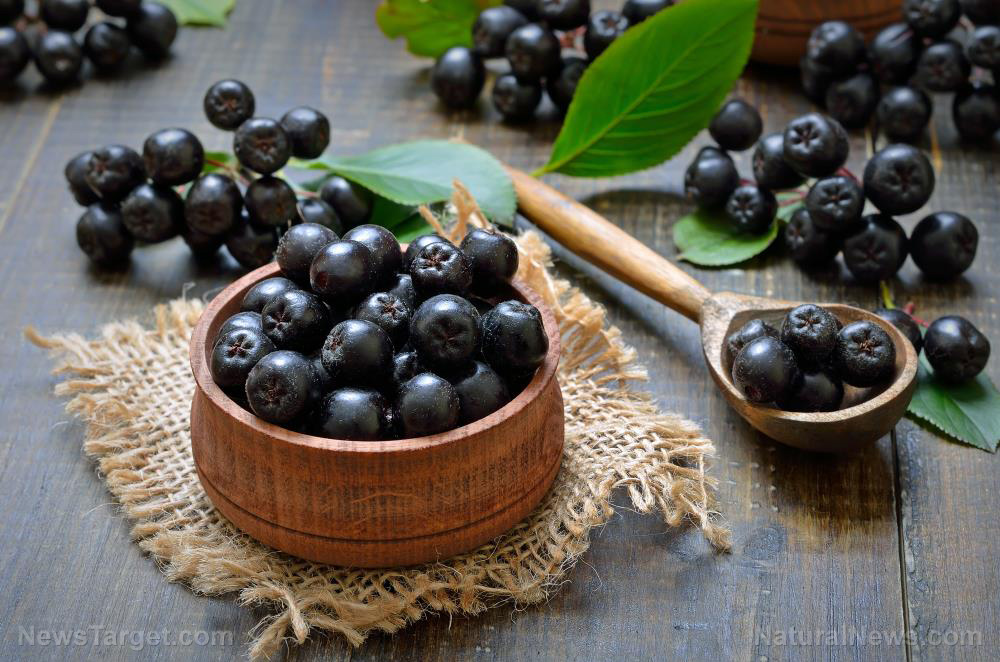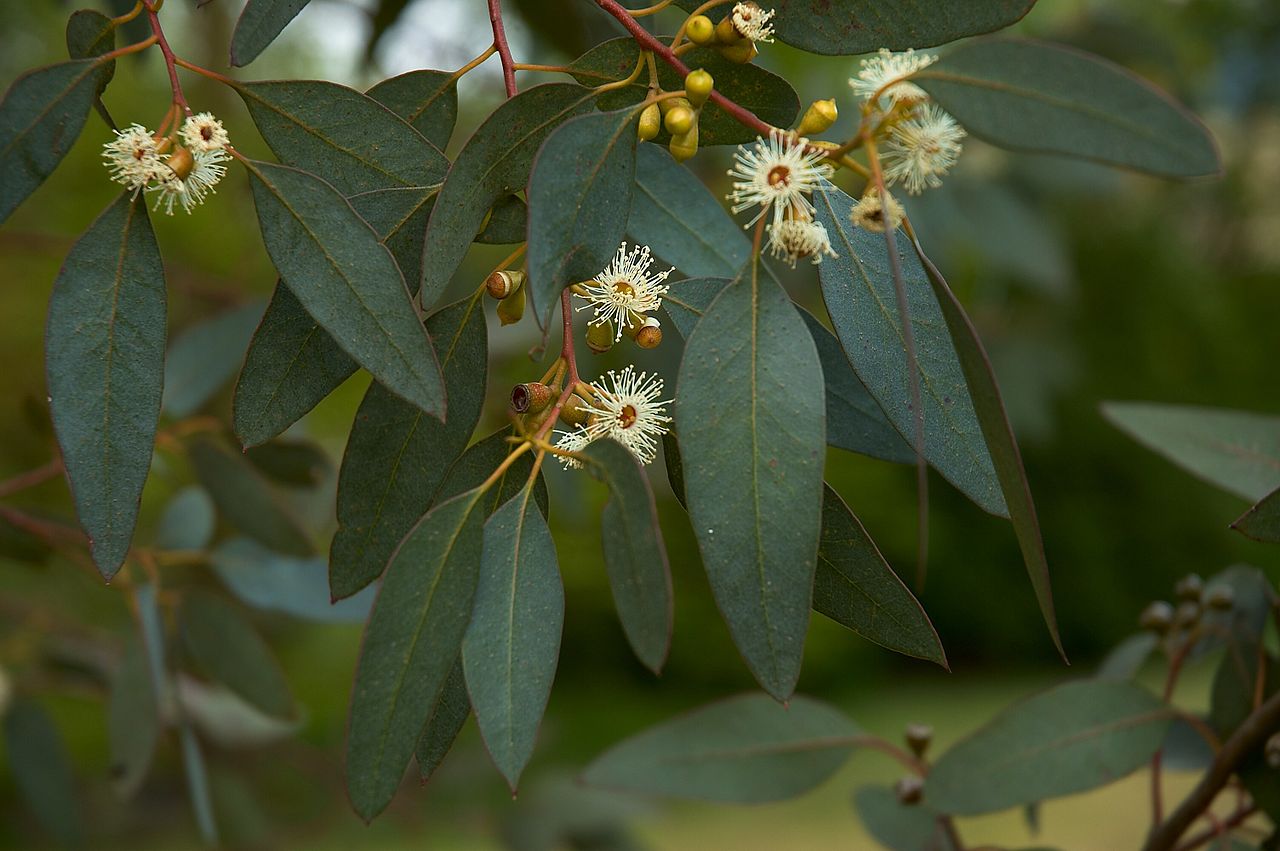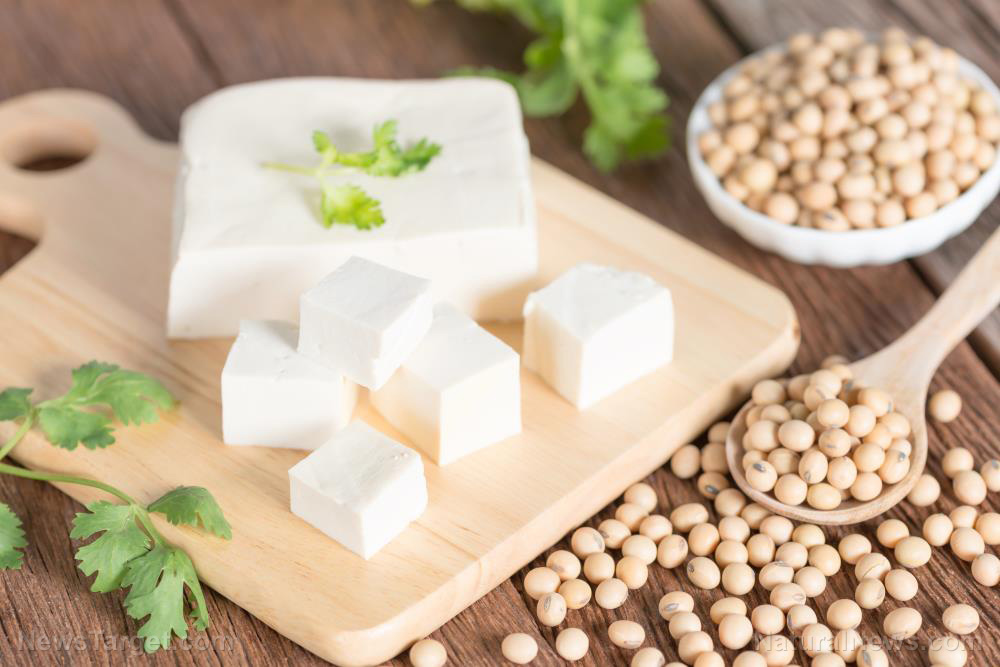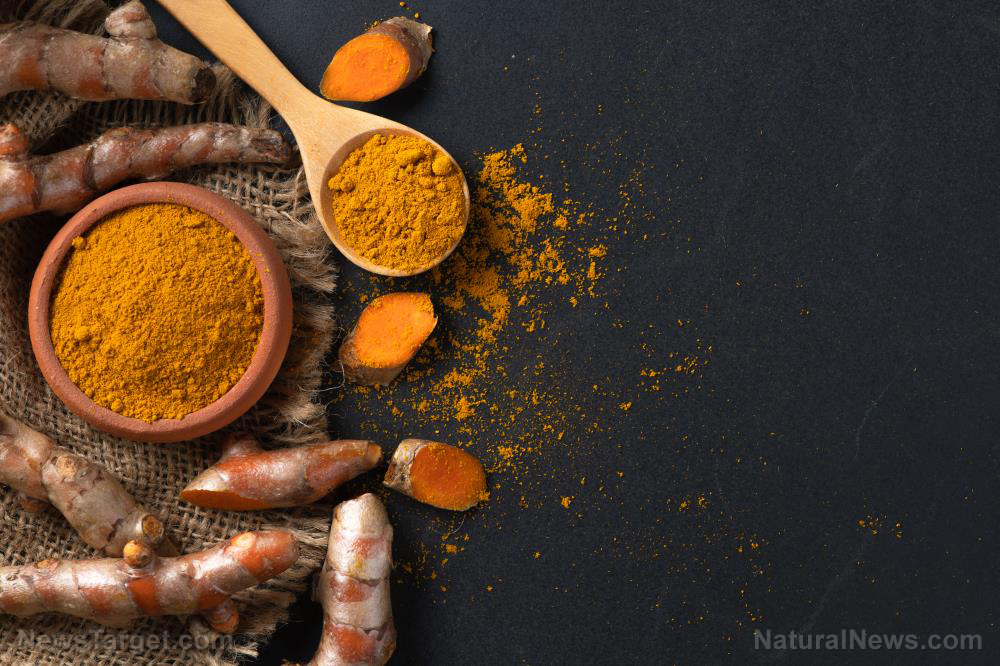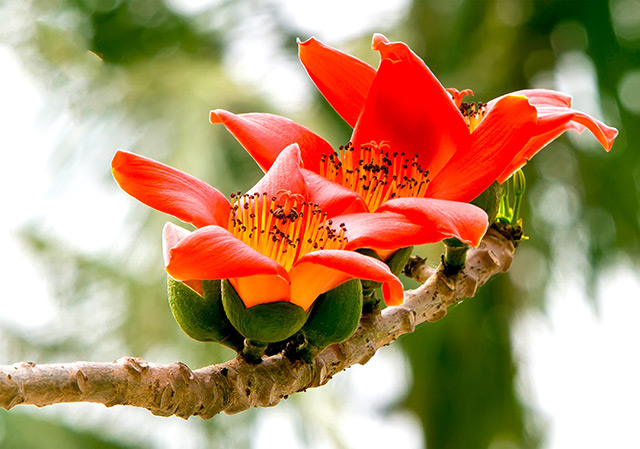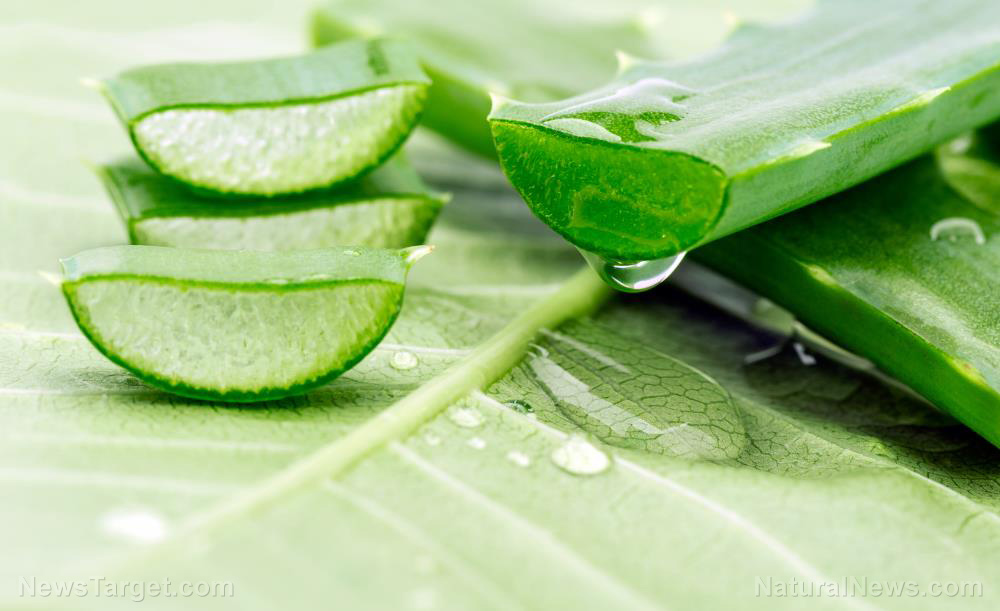This humble medicinal herb found in open grasslands found to promote wound healing in diabetics
09/11/2018 / By Edsel Cook
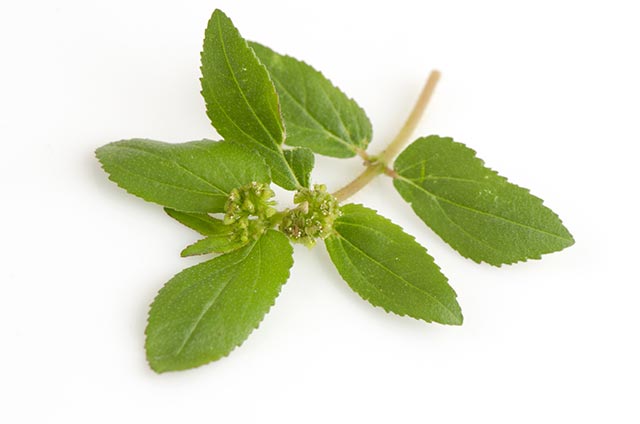
The unfortunately named asthma plant (Euphorbia hirta) is a hairy herb that is often seen in the open grasslands of India and Australia. But a Bangladeshi study showed that this humble plant could help heal wounds in diabetic animals.
The high blood sugar levels in patients with diabetes cause the formation of advanced glycation end products (AGEs) that disrupt the healing process. This leads to the formation of free radicals that cause oxidative stress and damage tissue, which greatly hampers the healing process.
The asthma plant is known to Indian tribespeople as barokhervi. It is widely used as a medicinal herb. The entire plant is used to treat wounds. Extracts are also used to amend all kinds of illnesses such as the plant’s namesake disease, asthma, as well as bronchial infections and coughing.
Researchers from Primeasia University (PU) earlier reported on the anti-diabetic properties of the asthma plant. During that study, they discovered that an extract made from the whole plant reduced inflammation and encouraged wounds to heal.
The Bangladeshi research team decided to investigate the herb’s healing properties in diabetic animals further. They wished to compare the efficacy of oral treatment and topical treatment in wounds. (Related: Trouble in the wild? Use the bark of the fig tree to promote wound healing.)
Testing oral and topical applications of an extract from the asthma plant
For their experiment, the researchers constructed a rat model. The lab animals were injected with a chemical that induced severe diabetes. Each diabetic rat received a circular excision wound.
The wounded rats were given different treatments. The groups slated for oral treatment took 100, 200, or 400 milligrams per kilogram (mg/kg) of the asthma plant extract.
The ones slated for topical treatment received 50 mg/kg of either five percent or 10 percent extract that was directly applied to their wounds. Furthermore, several diabetic rats were given a standard 50 mg/kg treatment of five percent povidone iodine ointment as a means of comparison.
All treatments were given on the same day the wounds were induced. The treatments lasted for 16 days, during which the researchers observed the rates at which the wounds closed and healed at certain time intervals.
At the end of the treatment period, the animals were fasted before being sacrificed. Blood, organ tissue, and wound tissue samples were collected for testing and analysis. The levels of glucose, malondialdehyde, and nitric oxide in the blood of diabetic and treated animals underwent comparison. These chemicals were linked with diabetes and hampered the healing process.
Asthma plant extract can help diabetics by speeding up wound healing
The results of the PU experiment showed that the ethanolic extract of the asthma plant increased the healing process of wounds in diabetic rats. Oral treatment with the 400 mg/kg dose showed the greatest improvement in wound closure.
Furthermore, the oral treatment reduced symptoms associated with diabetes – such as fasting blood sugar levels – that delayed the healing process. In comparison, the topical treatment did not significantly lower blood sugar; its healing activity was markedly inferior to the oral equivalent.
Analysis of the ethanolic extract showed that it contained numerous phytonutrients with antioxidant activities. These natural antioxidants neutralize the free radicals that worsen inflammation and delay wound healing.
By preventing oxidative stress and protecting tissue from harm, the antioxidant-rich asthma plant extracts further promoted the wound healing process. This was confirmed by histopathology of the rats’ organs, which showed oxidative damage associated with free radicals.
The PU researchers concluded that the ethanolic extract of the asthma plant could potentially contribute to wound healing in diabetic animals thanks to its anti-diabetic and antioxidant activities.
Want to find out more about “weeds” that can relieve or improve the symptoms of diabetes? Visit DiabetesScienceNews.com.
Sources include:
Tagged Under: alternative medicine, asthma plant, blood glucose, blood sugar, diabetes, diabetic, herbal medicines, natural cures, natural healing, natural medicines, phytonutrients, Wound Healing, wounds

